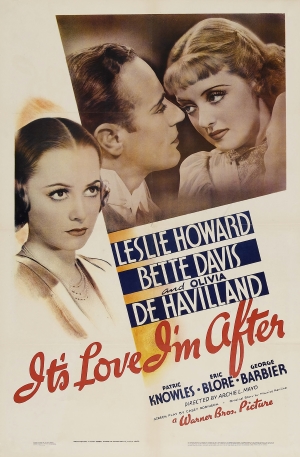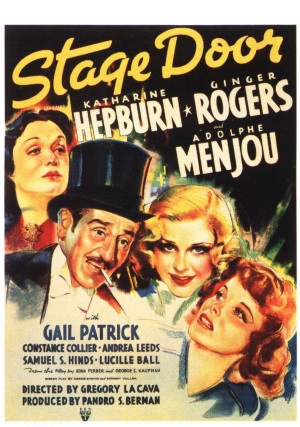The Mark of the Squealer
***This Review Contains Spoilers***
“I think I’ll be a big help to your business” says Mary “Dwight” Strauber (Bette Davis) as she foreshadows to Johnny Vanning (Eduardo Ciannelli) the new owner of the clip joint known as Club Intimate. Mary is the alpha female with a mother instinct among her group of friends who all work as nightclub hostesses for Mr Vanning. None of them think highly of the work they do (but state it’s still better and more profitable than working in a factory for 12 and a half per week) as they accompany male patrons until the early hours of the morning (also that piece of music which plays 18 minutes into the film during a montage in the nightclub, it sounds similar to Raymond Scott’s Powerhouse). The theme of female solidarity runs throughout Marked Woman as the group console over the fear of getting old and are seen walking down the street in unison several times in the film. Mary also attempts to keep her sibling Betty (Jane Bryan) away from the gangster world and on track to a more respectable life. This plot element would be recycled in another Warner gangster picture from the same year, Kid Galahad and also involving the same cast member, Jane Bryan.

Marked Woman gave Humphrey Bogart an early career opportunity to play a hero during this pre-stardom period in his career (of when he could look oddly boyish) in which he was often cast as the villain. Bogart plays David Graham, the young, idealistic lawyer who “can’t be bought” and like Elliot Ness and the Untouchables are determined to bring down the cities top crime boss. Despite the disclaimer, at the beginning of Marked Woman which asserts that the story is fictitious, Marked Woman is loosely based on the real-life crime-fighting exploits of Thomas E. Dewey, in particular, his conviction of New York crime boss Lucky Luciano (of whom Eduardo Ciannelli bears a resemblance to) via the testimony of numerous call girls in Luciano’s prostitution rings. – I’ve said it before and I’ll say it again, Hollywood makes being a lawyer look like one of the coolest professions ever.

Marked Woman is criminal justice 101. Everyone and their mother know Johnny Vanning commits every crime and murder in the city and they can’t do anything about it without any witnesses to come forward and testify in court. Witnesses are either threatened or killed off, politicians are bought out and unscrupulous lawyers take advantage of every technicality in the law. A later Bogart film, The Enforcer (1951) explored similar subject manner but Marked Woman does it in a superior manner. Following the conviction of Vanning, Marked Woman concludes with the group of friends walking down the courthouse steps and into the mist, once again walking in unison as they did throughout the film. The lawyer gets all the praise and attention from the press whereas those who risked the most are forgotten about and walk into the night with no personal gain or future prospects.









